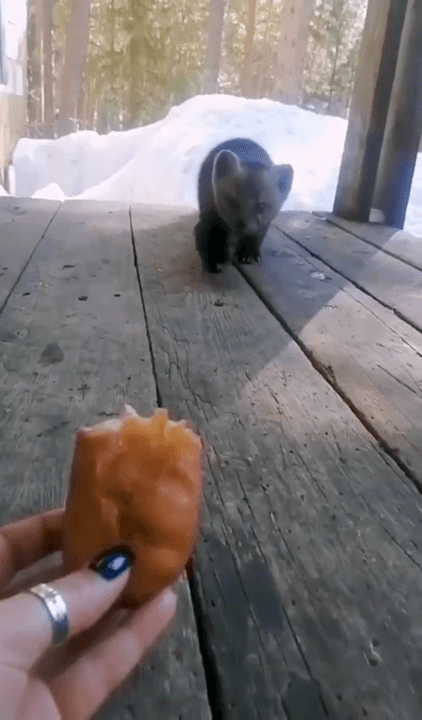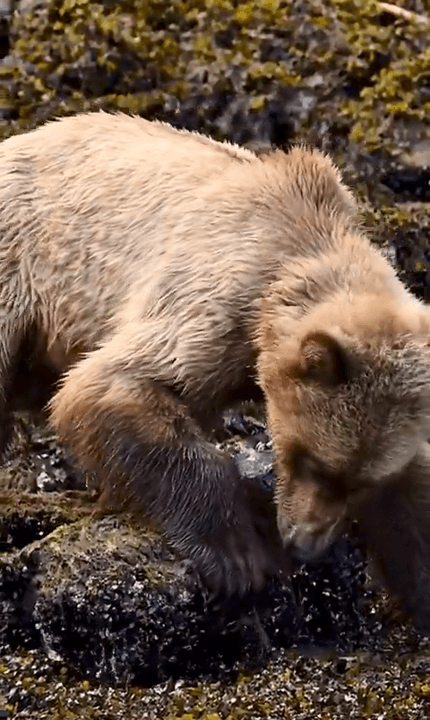
Trophy Universal: Urial Ovis aries (lat.) is a species of mammal from the genus 🐏 rams, subfamily Capidae, family Bovidae. ℹ️ An interesting combination of genetic traits could classify urials as both OVIS and Caprinae. However, if we look at the species of trophy animals that make up the rating tables of various hunting clubs, such as KGO, SCI, GSCO, it follows that a urial trophy can only close a position in the OVIS category - rams. ❗️Urials are in the "vulnerable species" category, so many countries have begun to strengthen the populations of these animals, which are becoming rare. Hunting tourism has become one of the supports for countries in which the urial is an official hunting species. A limited number of licenses are issued for shooting, and good deductions from officially conducted hunts are returned to the economy of the regions where they live and sponsor environmental activities. We can safely say that all hunters who go hunting for urial in Iran, Pakistan, Uzbekistan invest in nature and replenishment of the population of this amazing animal 💜 🏹 Stalker offers hunting for Blanford's urial in 🇵🇰 Pakistan. 🤑 Discounts are currently available on the combination of Blanford's urial + Sindh goat. More information about urial hunting is on our website, in messengers and by phone ⬇️ 🌐 https://stalker-group.ru 💬 write to Telegram (https://t.me/safari_stalker) 📞 +7 903 755-79-05 #urial_hunting
Post: 29 May 11:21















































